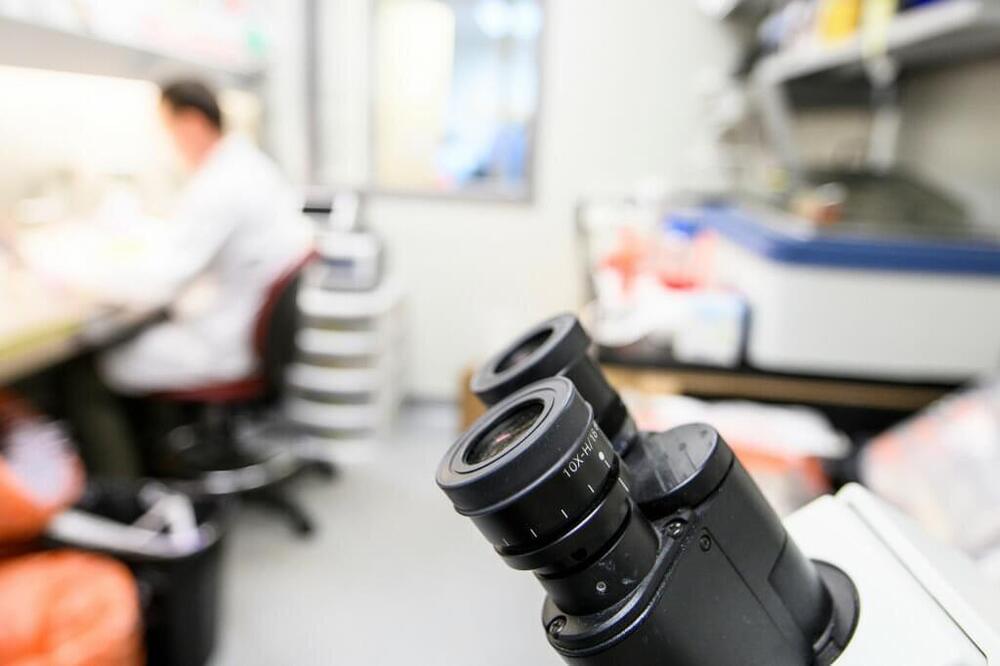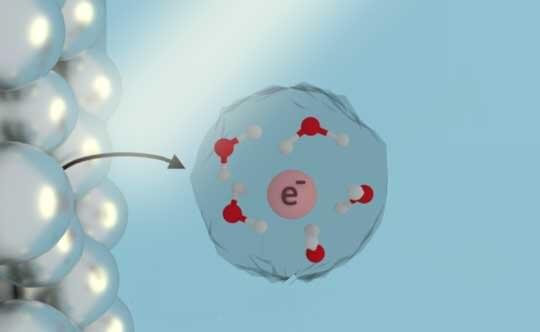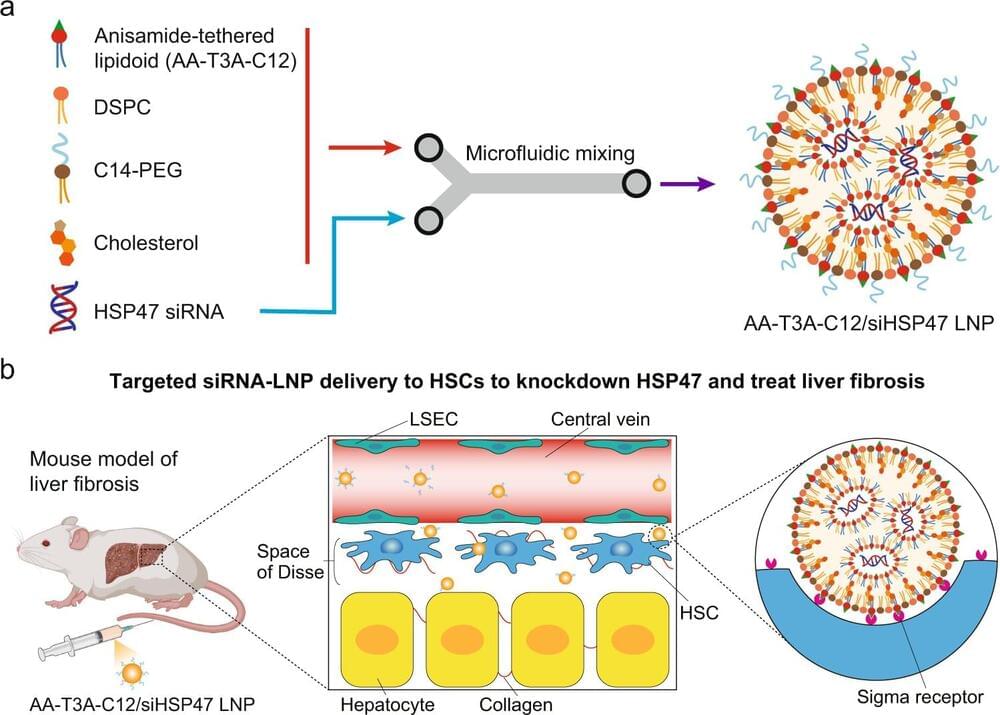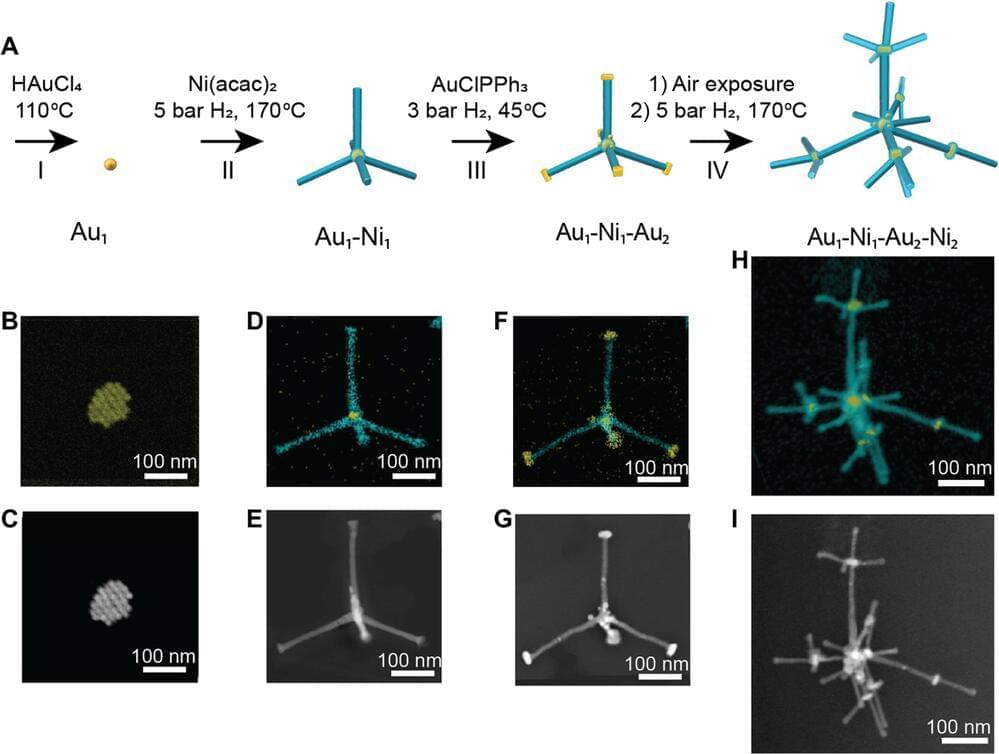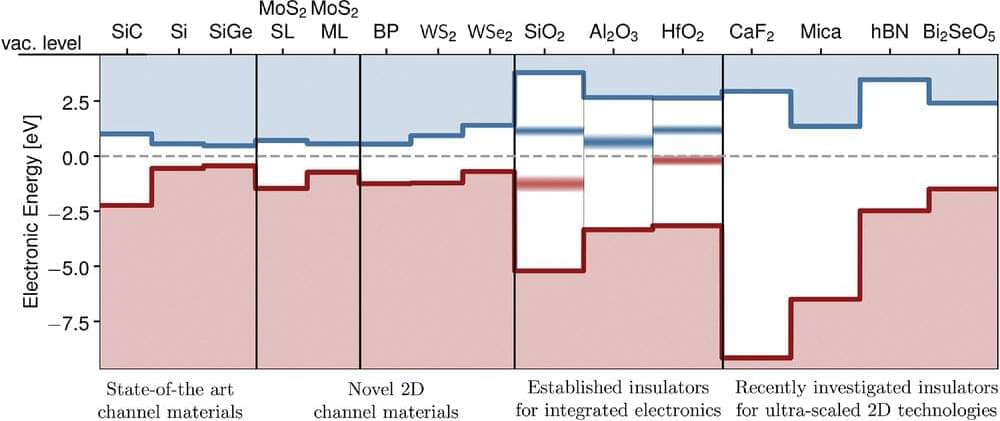Gene therapies have the potential to treat neurological disorders like Alzheimer’s and Parkinson’s diseases, but they face a common barrier—the blood-brain barrier. Now, researchers at the University of Wisconsin-Madison have developed a way to move therapies across the brain’s protective membrane to deliver brain-wide therapy with a range of biological medications and treatments.
“There is no cure yet for many devastating brain disorders,” says Shaoqin “Sarah” Gong, UW-Madison professor of ophthalmology and visual sciences and biomedical engineering and researcher at the Wisconsin Institute for Discovery. “Innovative brain-targeted delivery strategies may change that by enabling noninvasive, safe and efficient delivery of CRISPR genome editors that could, in turn, lead to genome-editing therapies for these diseases.”
CRISPR is a molecular toolkit for editing genes (for example, to correct mutations that may cause disease), but the toolkit is only useful if it can get through security to the job site. The blood-brain barrier is a membrane that selectively controls access to the brain, screening out toxins and pathogens that may be present in the bloodstream. Unfortunately, the barrier bars some beneficial treatments, like certain vaccines and gene therapy packages, from reaching their targets because in lumps them in with hostile invaders.

